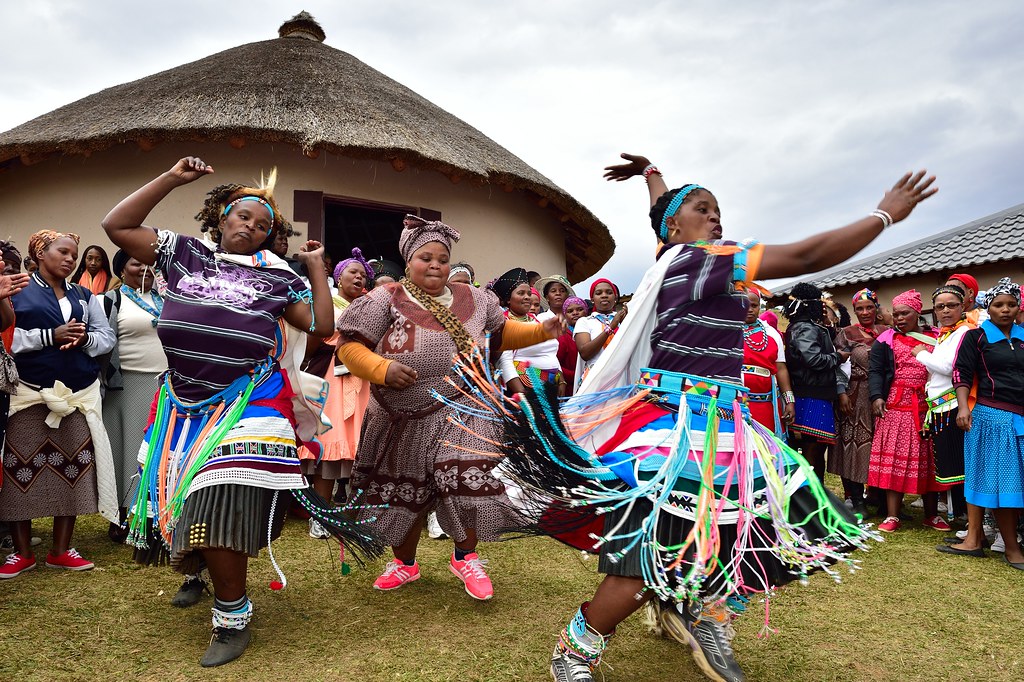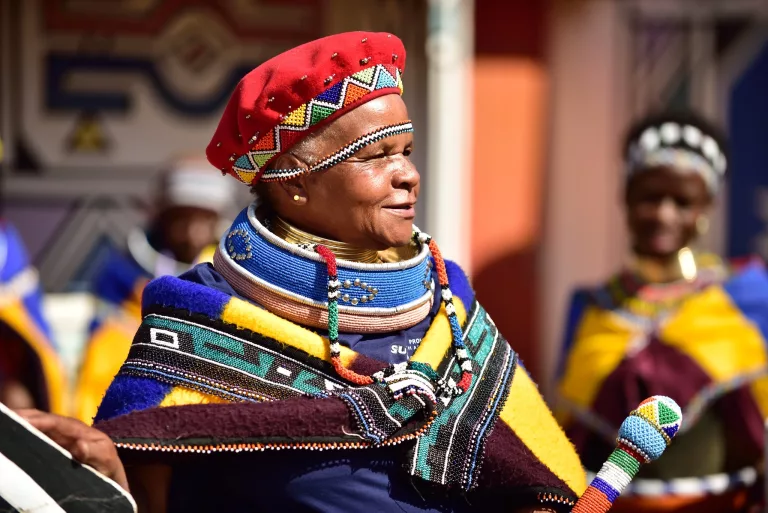How South African Culture Today can Save You Time, Stress, and Money.
Table of ContentsUnknown Facts About South African Culture TodayThe Best Guide To South African Culture TodayThe South African Culture Today IdeasThe smart Trick of South African Culture Today That Nobody is Talking AboutSouth African Culture Today Things To Know Before You Get ThisThe 4-Minute Rule for South African Culture Today
This follows with singing and drum pounding. The groom and bride then consult with the elders and speak about the relevance of their union. A matter of importance in Zambian towns is the passing away of enjoyed ones. All participants of the village put cash, time and initiative together for the interment of the deceased.Throughout the mourning period; males remain outside your home and the ladies stay inside your house of the deceased. After talking concerning the deceased, the town walks to the location of interment to claim their last farewells. Music and dancing is an extremely important element of the Zambian culture. The different tribal devices have their own dance types; nevertheless, makishi prevails amongst all people.
An Unbiased View of South African Culture Today
When it concerns songs, drums are utilized one of the most, with a range of drumming ceremonies. In Zambia, majority of individuals are Christian; Protestant and Roman Catholic. There are little teams of Muslims and Hindus, with the rest following regional native tribal beliefs.

South African heritage and society is greatly varied, and includes various groups of people that each have their very own traditions and beliefs. Having such a diversity of individuals and societies is what makes South Africa so one-of-a-kind. In real sense of the phrase, we are a rainbow country.
South Africa has about three hundred thousand Portuguese people living in it. Making it the 7th on the listing of countries with one of the most Portuguese individuals in it outside of Portugal. Portuguese is not only a culture, however it is likewise a language and a citizenship. Portuguese people originate from the country of Portugal in Europe, nevertheless, because of Portugal (like many various other nations in Europe) discovering the globe and dominating other countries during the 15th 20th centuries, South Africa has what we call Portuguese South African's living in it.
Some Known Details About South African Culture Today
Amongst the famous features of the topography is a plateau that covers nearly two thirds of the facility of the country. The plateau complex increases toward the southeast, where it climaxes in the Drakensberg range, part of an escarpment that separates the plateau from the coastal locations. The Drakensburg consists of Champagne Castle, the highest possible height in the nation.
The area north of the Witwatersrand, called the bushveld, inclines downward from east to west towards the Limpopo River, which develops the worldwide border. The western section of the plateau, the middleveld, additionally comes down towards the west and differs in elevation in between the highveld and bushveld. Between the Drakensburg and the eastern and southerly shoreline, the land descends to the sea.
Nearer the coastline there is a low-lying level called the eastern lowveld. Southwest of the plateau the country ends up being progressively a lot more arid, giving way to the stony desert of the Great Karroo, bordered on the east by the reduced, better watered plateau of the Little Karroo. Dividing the dry southerly interior from the sandy coastal of the southerly coastline and West Cape is an additional range, the Langeberg.
South African Culture Today - The Facts
The country's racially, ethnically, and politically split history has actually generated nationwide and subnational icons that still operate as symbols of the country, and others symbols that are accepted just by particular groups. The monoliths to white inhabitant conquest and political supremacy, such as the Afrikaner Voortrekker ("pioneer") Monolith in Pretoria and the Rhodes Monument recognizing the British colonial realm contractor and Cape head of state Cecil Rhodes, stay sectarian signs.
The very first modern residents were the San ("bushman") hunter-gatherers and the Khoi ("Hottentot") peoples, who rounded up animals (South African culture today). The San might have been existing for countless years and left evidence of their existence in countless ancient cavern paints ("rock art"). Bantu-speaking clans that were the forefathers of the Nguni (today's amaZulu, amaXhosa, amaSwazi, and vaTsonga individuals) and Tswana-Sotho language teams (today's Batswana and Southern and Northern Basotho) migrated below east Africa as very early as the fifteenth century

Both previous republics of the Orange Free State and Transvaal (South African Republic) were established by Afrikaner inhabitants who beat and dispossessed see here the Basotho and Batswana. Lesotho would have been by force incorporated right into the Orange Free State without the expansion of British security in 1869. The ultimate marriage of the nation resulted from the South African War (18991902) in between the British and the two Afrikaner republics, which minimized the nation to wreck at the beginning of the twentieth century.
Afrikaners traditionally considered themselves the just true South Africans and, while providing complete citizenship to all homeowners of European descent, denied that condition to people of shade until the democratic change of 1994. British South Africans preserve a feeling of social and social connection to Great Britain without compromising their identification as South Africans.
South African Culture Today Things To Know Before You Buy
The diversity and fragmentation within ethnic collections and the balance of tensions in between those groups throughout the twentieth century prevented interethnic civil conflict. While intergroup stress over sources, entitlements, and political dominance continue to be, those problems are as likely to match Zulu versus Zulu as Zulu versus Xhosa or African versus Afrikaner.
From colonial India, British vendors and administrators brought the curved steel decorative roof coverings and slender shoelace job columns that still exemplify the terraces of cottages in communities and cities throughout the country. Homes of prayer add a crucial architectural aspect also in the smallest towns. In addition to the rising read the article steeples and classic stonework of Afrikaans Dutch Reformed churches, Anglican churches, synagogues, mosques, and Hindu temples give range to the religious building scene.

Slaughtering and the developing of conventional cereal beer are crucial in protecting the engagement and goodwill of the forefathers who are taken into consideration the guardians of good lot of money, success, and well-being. Indian communities preserve their indigenous culinary practices and apply them on Islamic and Hindu ritual and ceremonial celebrations. Afrikaners and Coloured individuals collect at weekends and special events at multifamily bbqs called braais, where community bonds are enhanced.
Due to the fact that this was the key financial business of both black Africans and white homesteaders, conflict between those teams focused on the belongings of grazing land and animals. In 1867, the biggest ruby down payments in the world i loved this were discovered at Kimberley in the west main area. The riches from those areas aided fund the exploitation of the best gold reef on the planet, which was found on the Witwatersrand in 1886.
Top Guidelines Of South African Culture Today
This brought about misconceptions and calculated misrepresentation in the dealings of white inhabitants and federal government authorities with African chiefs during the colonial duration (South African culture today). In the facility of African books, some facets of public and mainly "tribal depend on" land tenure were preserved, and also in white country locations, types of common period were still practiced in locations with African areas
After the autonomous improvement of 1994, programs for land restitution, redistribution, and reform were instituted, but progression has actually been sluggish. The white minority still controls eighty percent of the land. Following farming land intrusions in Zimbabwe, the Division of Land Affairs has actually promised to speed land redistribution.